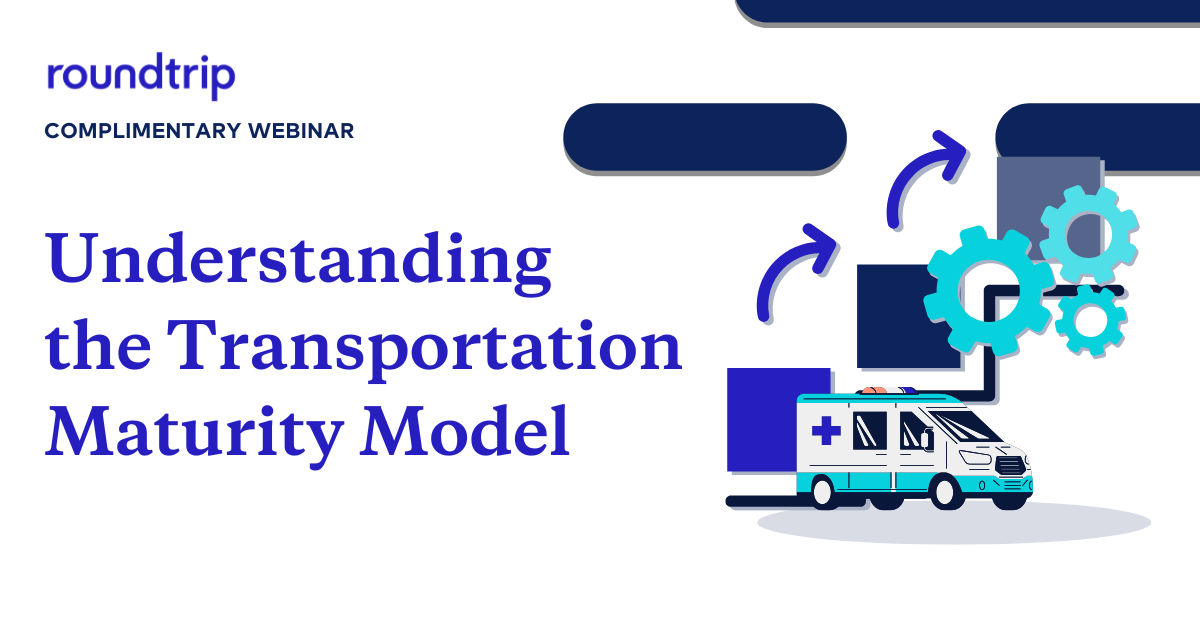Patient transportation in a healthcare system is essential for ensuring timely and appropriate care. While non-emergency medical transportation (NEMT) might seem like a straightforward process, its coordination involves multiple roles across various departments. Case managers, social workers, unit desk clerks, EMS teams, and command centers all contribute to a seamless, patient-centered transportation system. Each plays a unique role in maintaining efficiency and accessibility while overcoming the logistical and financial challenges associated with medical transport.
Case Management
What They Do
Case managers are responsible for ensuring that patients can access the care they need, which often includes arranging transportation. Assessing factors like mobility, financial status, and support systems allows them to determine the best transportation solutions for each patient.
When barriers such as physical disabilities, lack of family support, or financial constraints arise, case managers identify solutions, such as securing funding or coordinating with specialized transport services. They also work directly with transportation providers, healthcare facilities, and insurance companies to ensure that transportation arrangements align with the patient’s medical schedule and continuity of care plan.
Beyond logistics, case managers also empower patients by educating them on available transportation options and advocating for those who may struggle to arrange transport independently.
Challenges:
- High Workload: Case managers juggle transportation coordination with other patient care responsibilities, making it difficult to provide individualized attention.
- Limited Transportation Availability: Scheduling transportation within tight hospital discharge windows can be challenging, especially when availability is low.
- Financial Barriers: Some patients do not qualify for insurance-covered transport, requiring case managers to find alternative resources.
Social Work
What They Do
Social workers focus on addressing the social determinants of health, including transportation. Conducting thorough assessments helps them identify patient needs and connect individuals with community-based transportation programs, such as volunteer driver services, public transit assistance, or non-profit organizations.
In emergency situations, social workers quickly mobilize transportation resources to ensure patients receive immediate care. They work closely with local agencies and advocacy groups to expand transportation access for underserved populations.
Challenges:
- Resource Limitations: Many community transportation services operate on limited budgets and may not have enough availability to meet patient demand.
- Complexity of Government Assistance Programs: Navigating Medicaid and other governmental transportation benefits requires extensive knowledge, and eligibility restrictions often create barriers.
- Urgency of Patient Needs: When transportation is needed on short notice, finding a timely solution can be difficult, especially in rural areas with fewer options.
Not sure if your organization views patient transportation as a cost or a value driver? Need guidance on how to leverage data to drive accountability? Watch our on-demand webinar for a primer on how maturing your transportation strategy can help you crush your 2025 organizational goals.

Unit Desk Clerks
What They Do
Unit desk clerks oversee the daily logistics of patient transportation, scheduling rides according to doctors’ orders and discharge plans to keep transportation aligned with medical appointments and facility transfer times.
Serving as the primary point of contact between transportation providers and healthcare staff, these clerks confirm bookings, make adjustments as needed, and resolve any delays that arise. Keeping patients informed is also a key responsibility, as they provide updates and instructions regarding transportation arrangements.
Maintaining accurate documentation ensures seamless coordination across hospital departments. Every transportation booking, cancellation, and modification is carefully recorded to support efficient patient flow and prevent scheduling conflicts.
Challenges:
- High Patient Volume: Managing multiple transportation requests simultaneously can be overwhelming, increasing the risk of scheduling errors.
- Coordination Issues: Desk clerks must work with multiple transportation providers, each with different scheduling systems and policies, making it difficult to guarantee timely transport.
- Last-Minute Changes: Unexpected discharges, appointment delays, or cancellations require quick rescheduling, which is challenging when providers have limited flexibility.
EMS Teams
What They Do
Emergency Medical Services (EMS) teams are primarily known for emergency response but also play a role in non-emergency medical transportation, assisting patients who require medical supervision during transit.
Close coordination with healthcare providers ensures that patients receive the appropriate level of care while in transit. Equipped with medical supplies, EMS vehicles allow teams to manage any complications that may arise during transport. In addition to responding to emergencies, EMS personnel facilitate interfacility transfers, safely moving patients between hospitals, rehabilitation centers, and long-term care facilities.
Challenges:
- Balancing Emergency and Non-Emergency Transports: EMS teams must prioritize emergency calls, which can delay non-emergency transports and create scheduling conflicts.
- Cost Concerns: Using EMS for non-emergency transport can be expensive, and insurance coverage for these services is often limited or complex.
- Limited EMS Availability: High demand for emergency services may reduce the availability of EMS units for scheduled medical transports.
Command Centers
What They Do
Command centers serve as the centralized hub for managing all transportation logistics within a healthcare system. They oversee transportation requests, track vehicle availability, and ensure that resources are allocated efficiently.
Using advanced software systems, command centers monitor real-time patient flow and adjust transportation schedules to minimize wait times. Strategies such as coordinating shared rides or reducing unnecessary transports help optimize available resources.
In crisis situations—such as natural disasters or disease outbreaks—command centers play a crucial role in organizing large-scale patient transport, ensuring that vulnerable populations receive care and that hospitals can maintain operational efficiency.
Challenges:
- Managing a High Volume of Requests: Large healthcare systems receive hundreds of transportation requests daily, requiring efficient systems and trained staff to handle them.
- Real-Time Adjustments: Unexpected delays, vehicle malfunctions, or patient condition changes require command centers to adapt quickly, sometimes with limited options.
- Crisis Response Coordination: During emergencies, command centers must mobilize resources rapidly, ensuring that high-priority patients receive transportation without overextending the system.
Conclusion
A well-functioning healthcare transportation system depends on multiple roles working together to ensure patients receive timely, reliable transport.
- Case managers integrate transportation into care plans and secure appropriate resources for patients.
- Social workers address transportation barriers by connecting patients with community services and advocacy programs.
- Unit desk clerks handle the practical logistics of scheduling and confirming rides.
- EMS teams provide specialized medical transport for patients requiring medical supervision.
- Command centers oversee transportation at a system-wide level, optimizing efficiency and managing crisis response.
Here at Roundtrip, we encourage the development of a patient-centered network that not only improves access to care but also enhances overall outcomes—proving that every piece of the puzzle is essential to delivering exceptional healthcare transportation.

Lindsay Tamchin is the Chief Revenue Officer at Roundtrip. A graduate of the University of Pennsylvania, she began her career in healthcare consulting by guiding health systems across the U.S. through the complexities of an evolving technology landscape. Since joining Roundtrip in 2017, Lindsay has led efforts to showcase the transformative impact of transportation on healthcare operations. Her work has helped accelerate patient throughput, improve health equity, reduce appointment no-shows, and drive measurable ROI for health systems.
